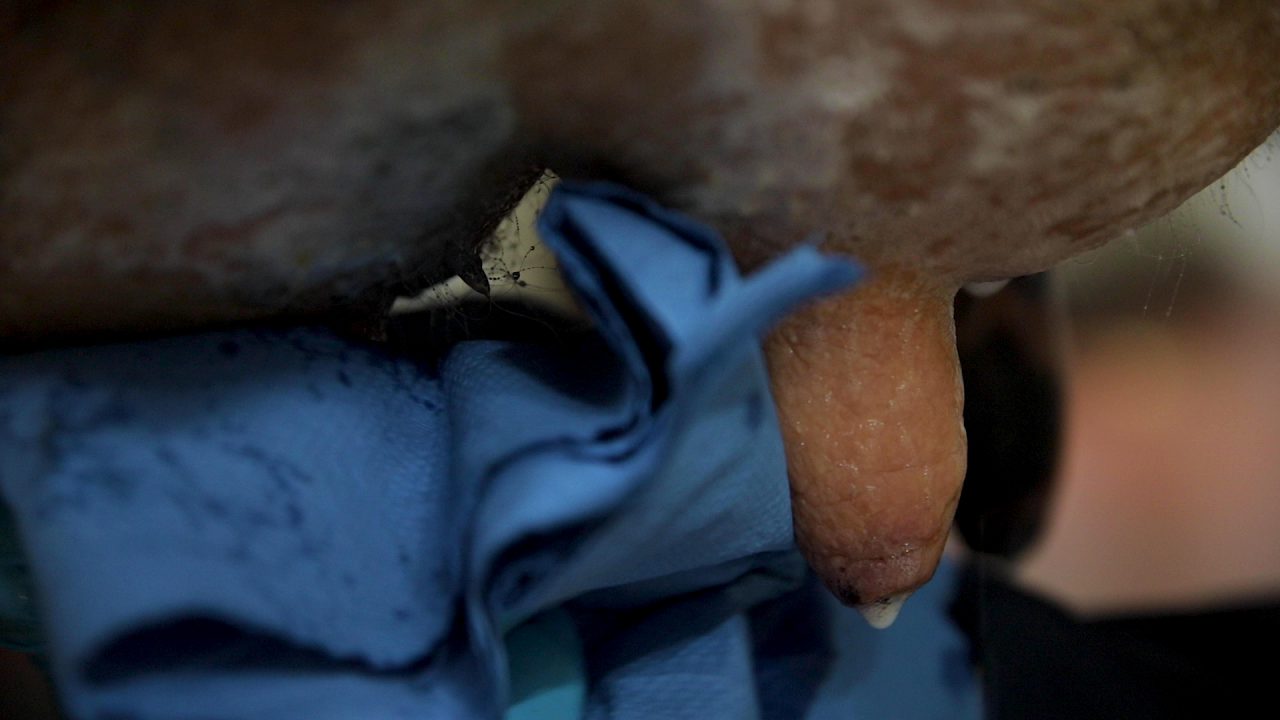The focus for dairy farmers over the next couple of months should be on preparing for drying off spring-calving cows.
The drying-off of cows is vital and should not be looked at as the end of one lactation, but as the beginning of another.
This is because the decisions made before, during, and after the process have such a big impact on the next lactation.
Drying off
Ideally in the next couple of months two milk recordings will be completed on farms.
This data, along with the data from the previous recordings from this year, should help in the identification of cows for selective dry cow therapy (SDCT) and those that are not suitable.
These recordings should not be used on their own to identify cows; all the previous recordings and mastitis treatments should be used to make the decision.
Once all this data has been looked at farmers can start to build a list of cows that may be suitable for SDCT.
There should also be a list of cows that are not suitable and need to be treated with antibiotics at drying-off.
Farmers should also start looking at these cows and which antibiotic is going to be the most effective for them.
Samples can be taken from cows with high cell counts to determine which products are going to be work best and hopefully achieve the best results.
Discussions with a vet should take place once the results from the milk samples are returned.
Records
Records are vital to this; farmers should be looking back at records from previous years and determining areas that need improvement.
How many cows had an infection a few weeks after drying-off? Possible an issue with the drying-off process.
How many cows had an infection when they calved down? Likely an issue with the housing over the winter?
To be successful using SDCT farmers need to keep good records and also ensure that hygiene standards are kept high at all times.
Tracking cell counts in cows in quite easy once milk recordings have been taking place on the farm, but farmers also need to be recording mastitis treatments.
Records are vital to ensure that cows that have been treated during the year are identified.
A cow could have low cell counts at recording, but have had a clinical case of mastitis between them, which is why it is important to look at milk recording data, along with all other records that are available.
